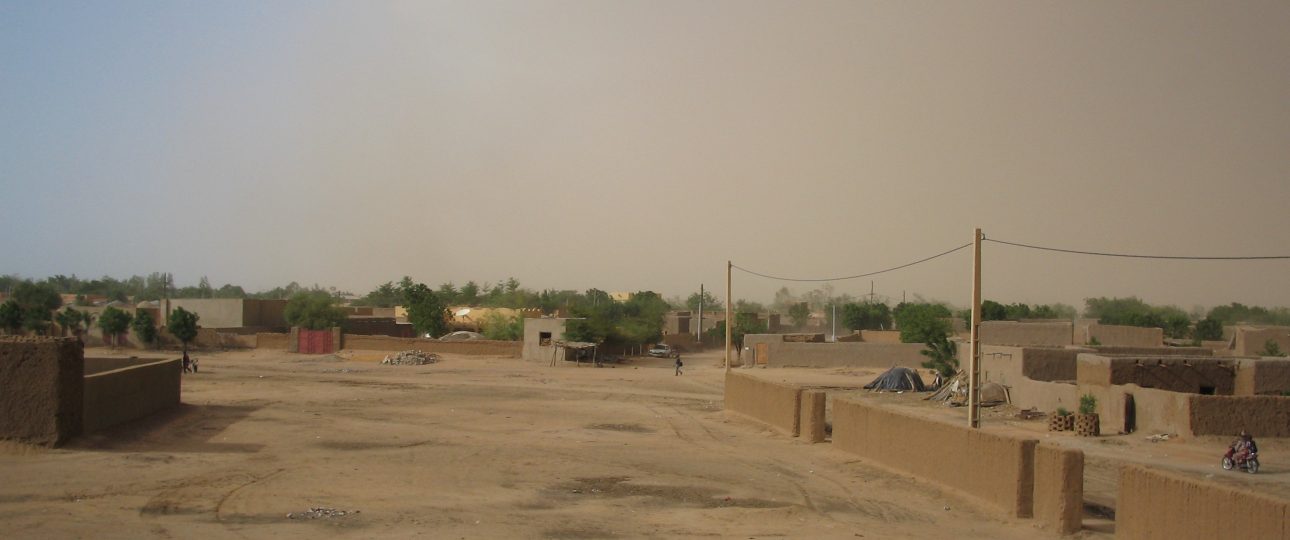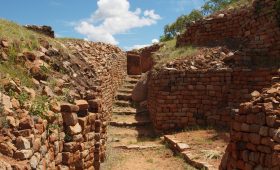Gao Region, Mali
Getting to Gao Region
Reaching the Gao Region in Mali is an adventure. The most straightforward way is to fly into Gao International Airport, although flight options may be limited. Overland travel is possible but challenging, with long and rough roads. Once in Gao, local taxis and rental cars are available for exploring the area.
Best Time to Visit
The ideal time to visit Gao is during the dry season, from November to February. The weather is more bearable, with cooler temperatures and little rain. Avoid the scorching heat of March to May. If you’re interested in cultural experiences, check the calendar for local festivals, which offer a glimpse into the region’s traditions.
Exploring Gao Region
Nature and Wildlife
While the Gao Region is not known for national parks within its borders, the nearby Niger River is a significant natural feature. It provides opportunities for boat tours and birdwatching. The W National Park, a UNESCO World Heritage Site, is not in Gao but spans Niger, Burkina Faso, and Mali, offering a chance to see diverse wildlife if you’re willing to travel further.
Historical Sites
Gao is rich in history. The Tomb of Askia, a UNESCO World Heritage Site, is a key attraction. Built in the 15th century, it serves as the mausoleum for Askia Mohammed, a prominent historical figure. The ancient ruins of Gao Old Town also offer insights into the region’s past.
Local Culture and Traditions
The Gao Region is culturally diverse, home to ethnic groups like the Songhai, Bozo, Tuareg, Bambara, and Kounta. The local markets are vibrant, with handicrafts, textiles, and spices. Traditional music and dance performances are a highlight, showcasing the area’s rich cultural tapestry.
Summary of Facts
- Gao Region is in northern Mali, bordered by Kidal, Tombouctou, Taoudénit, Ménaka, Niger, and Burkina Faso.
- Fly into Gao International Airport or travel by road, though the latter is arduous.
- Visit during the dry season from November to February for the best weather.
- The Niger River is a key natural feature, with opportunities for boat tours.
- The Tomb of Askia is a UNESCO World Heritage Site and a significant historical landmark.
- The region’s culture is diverse, with traditional music, dance, and bustling markets.




